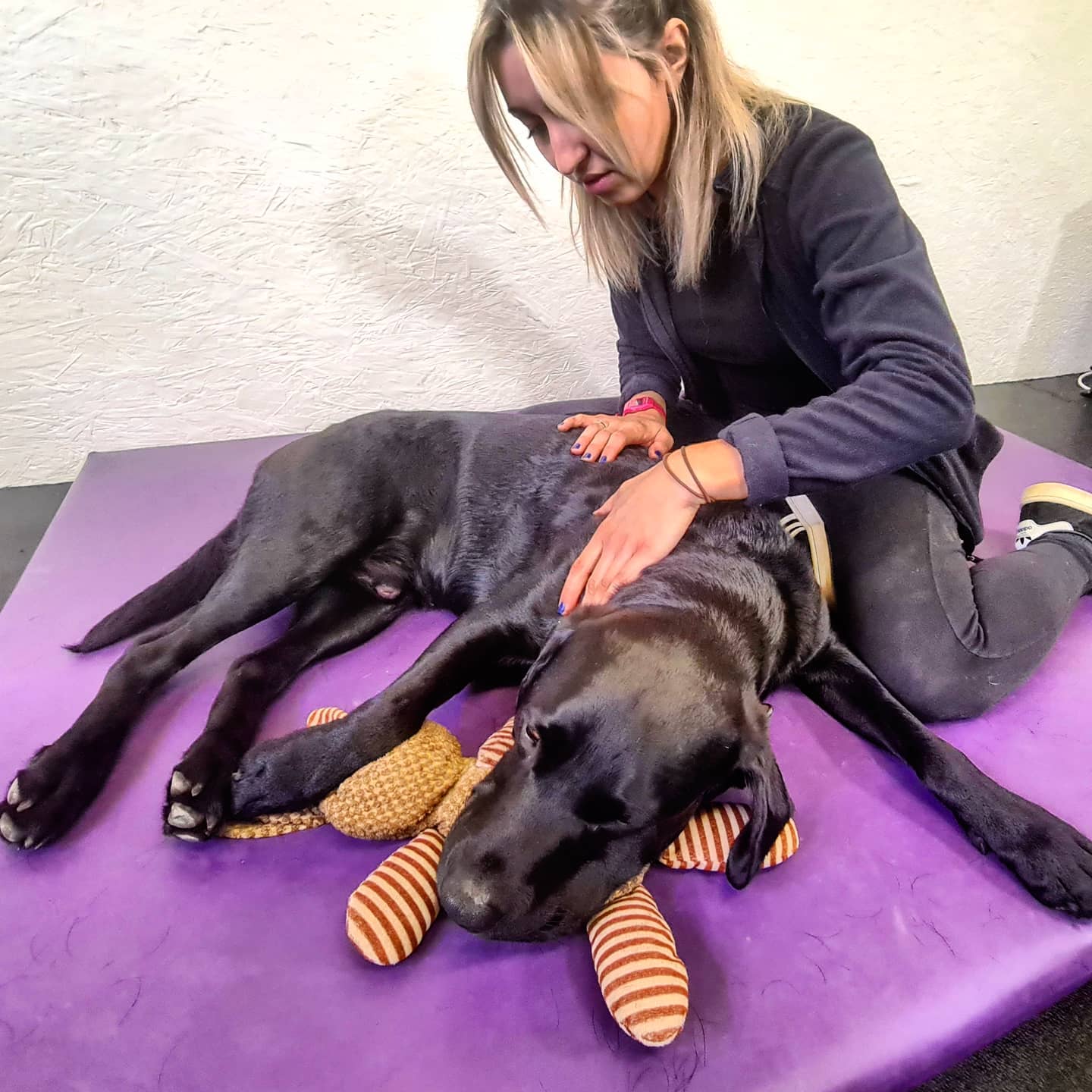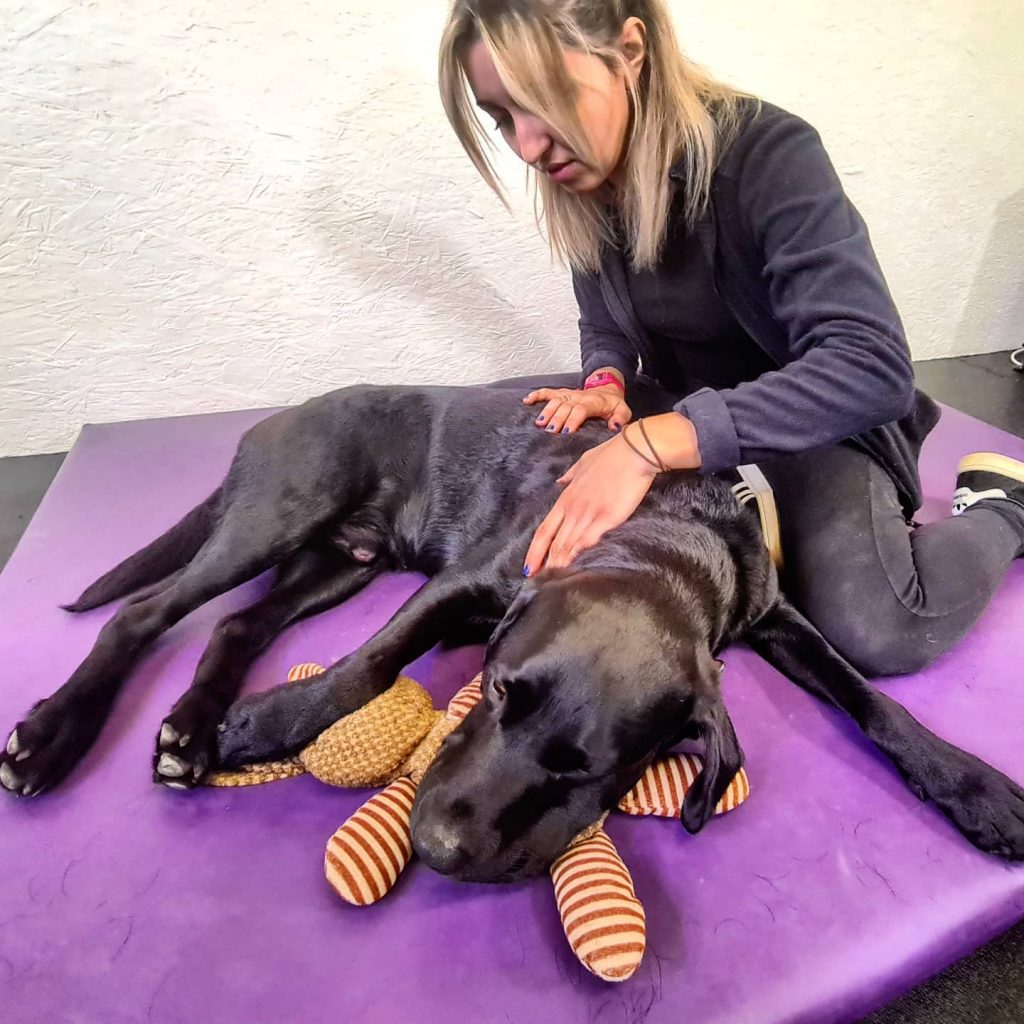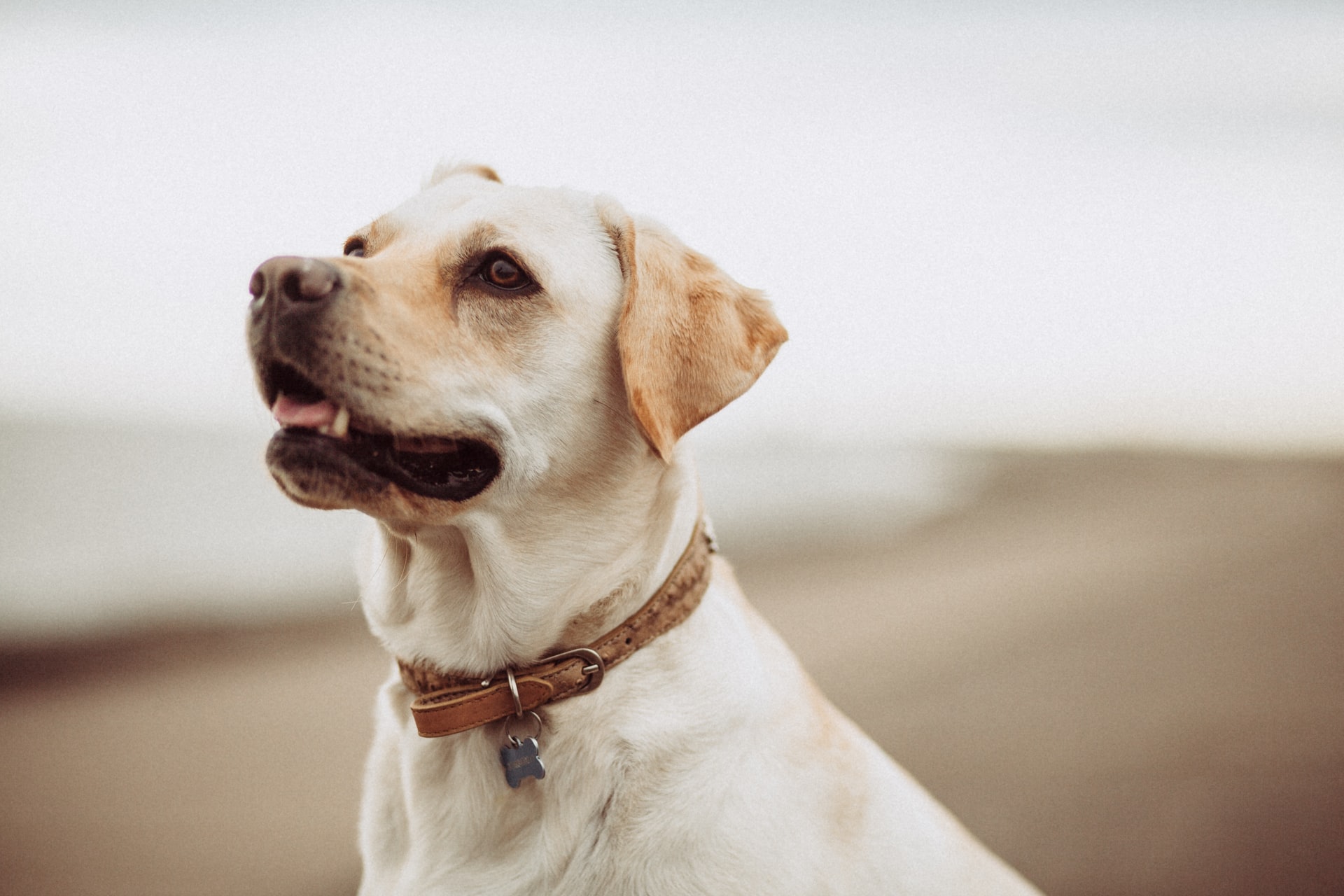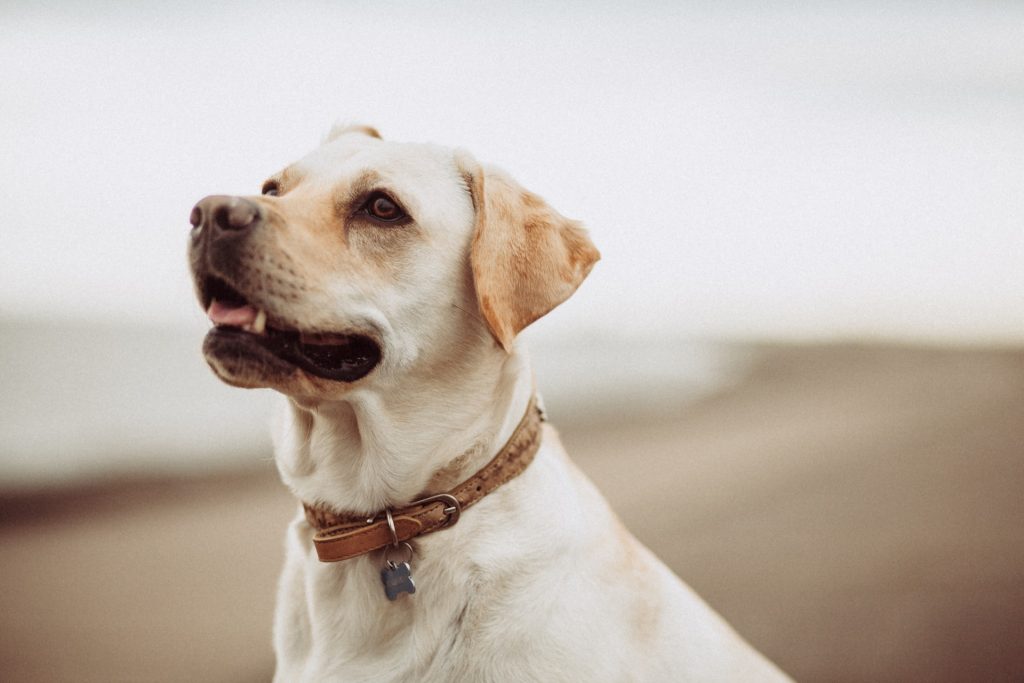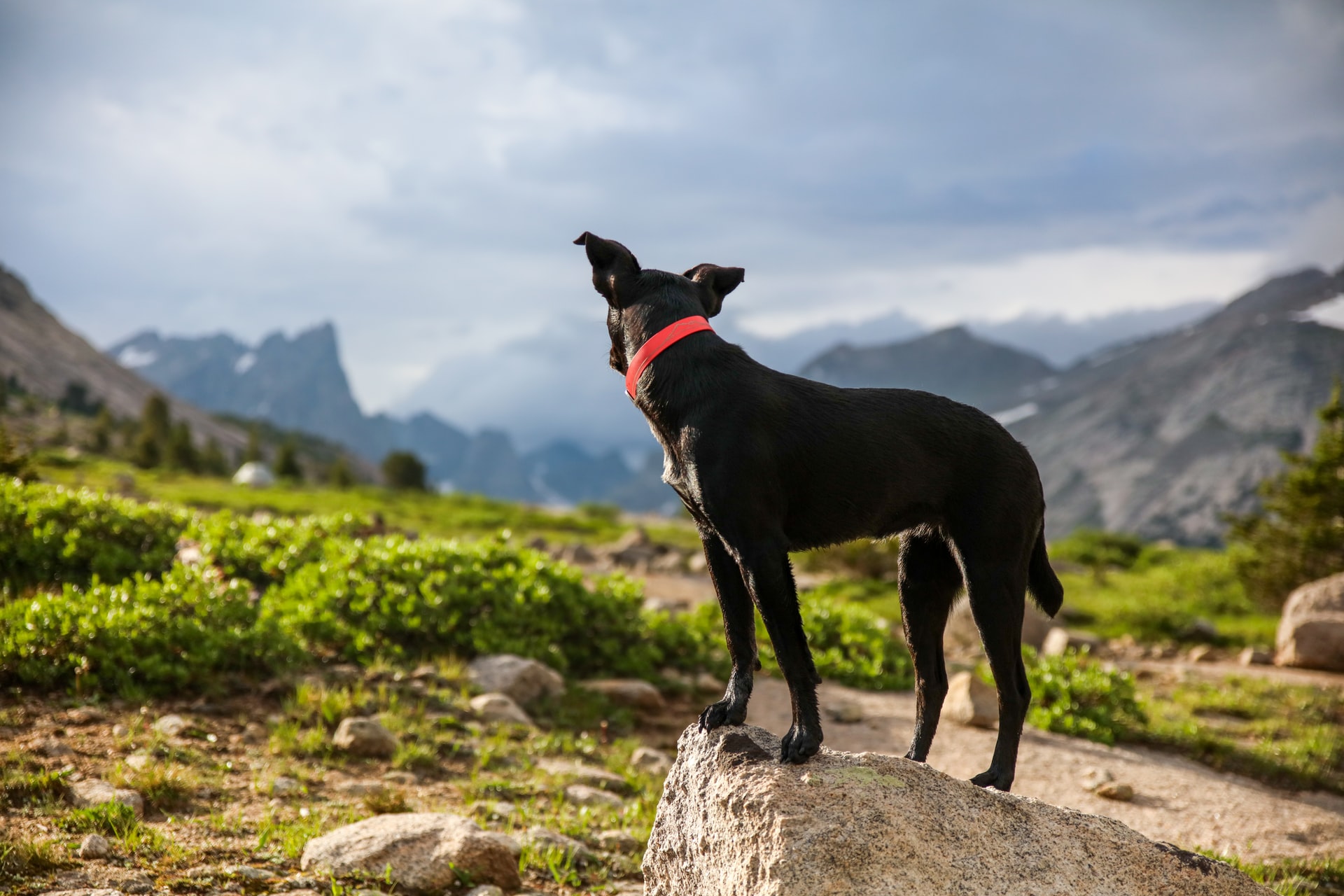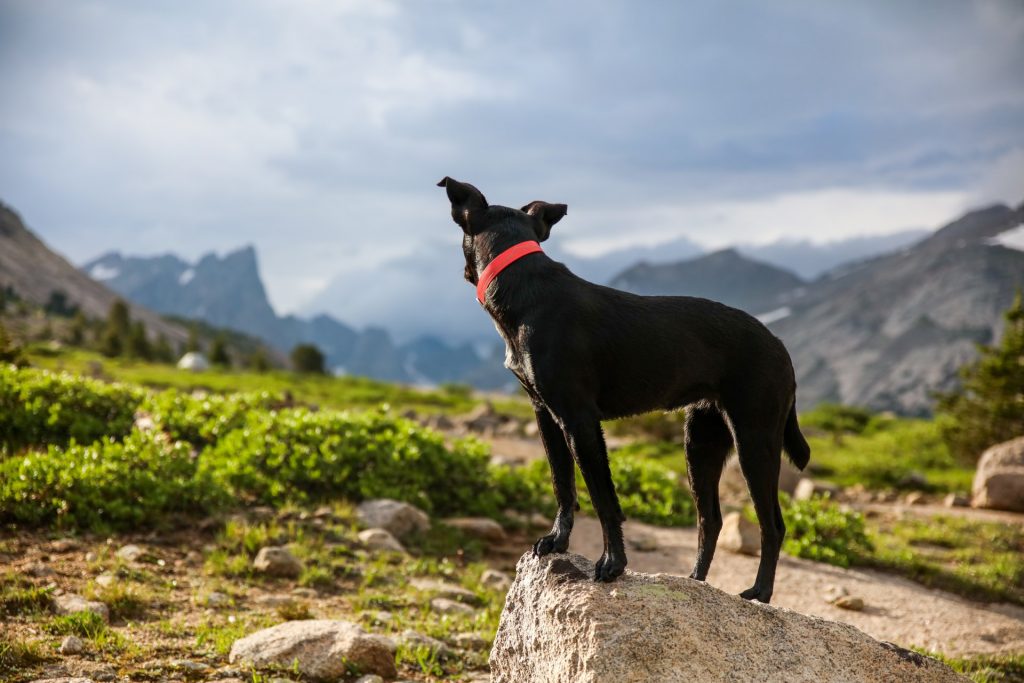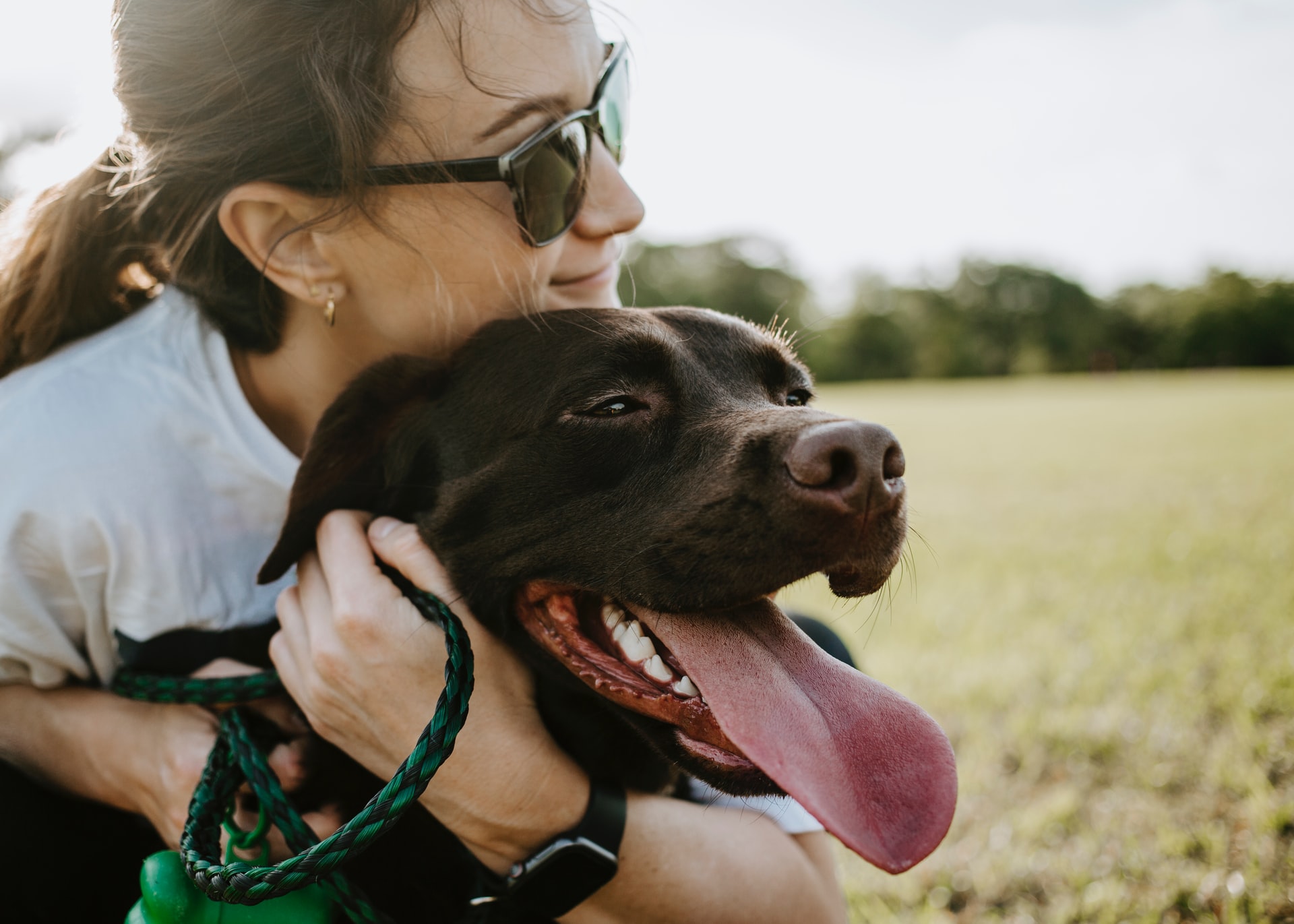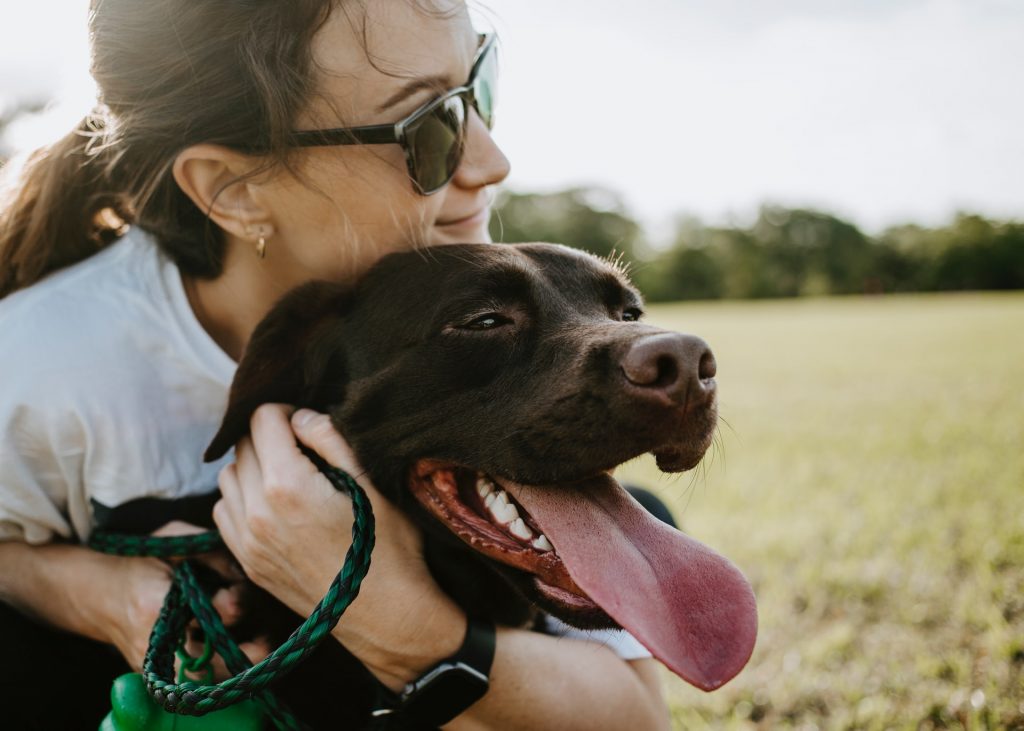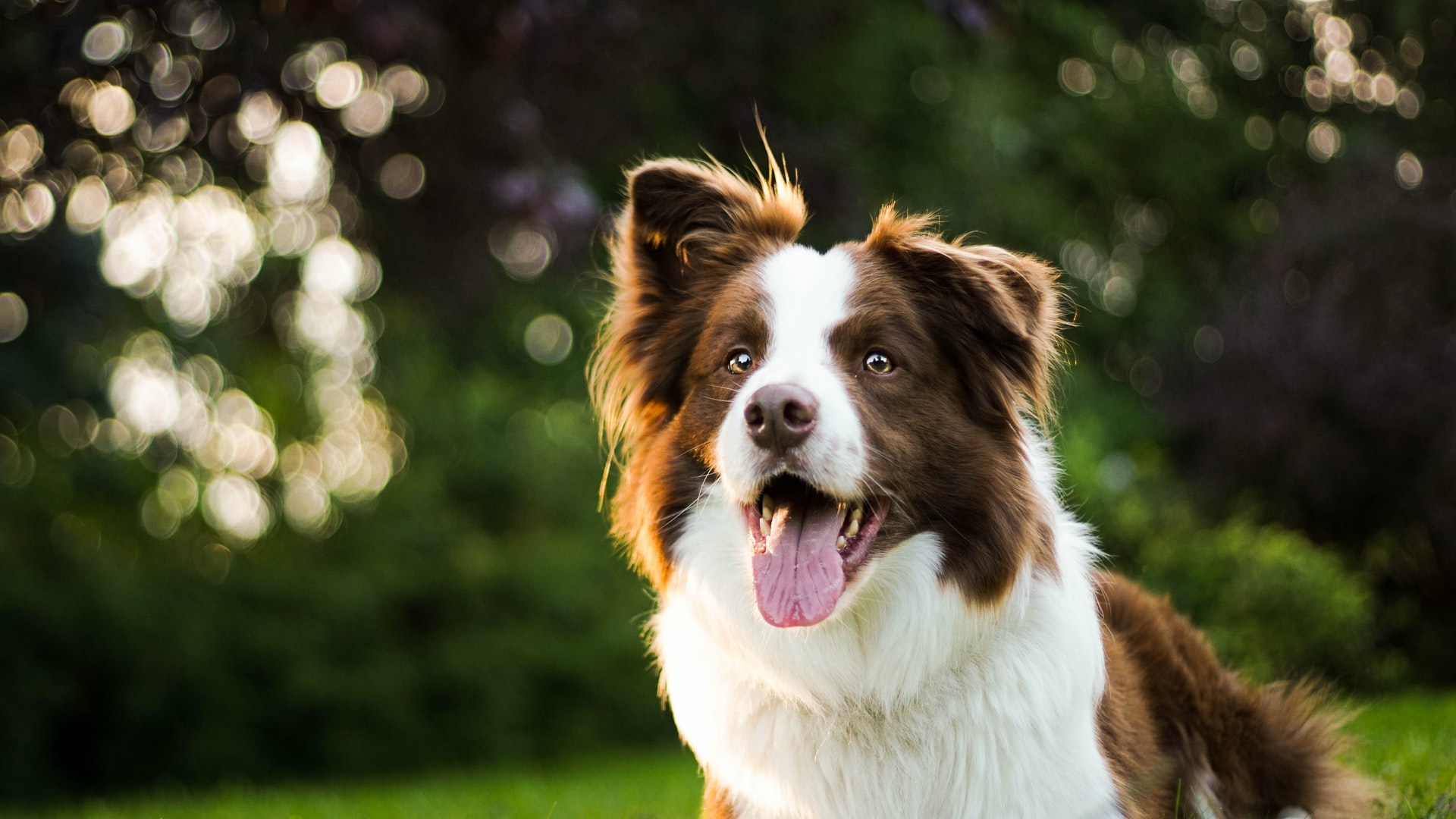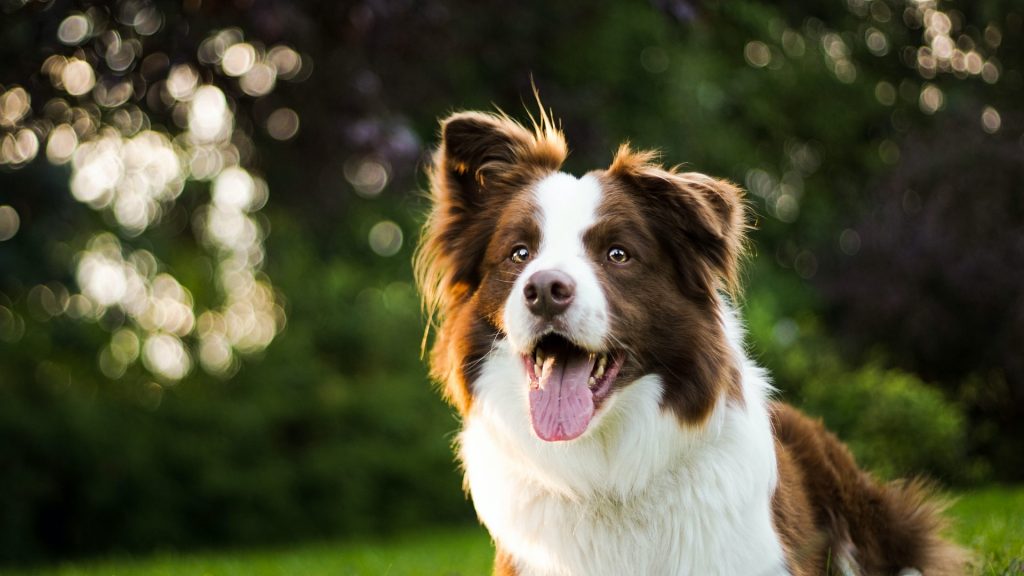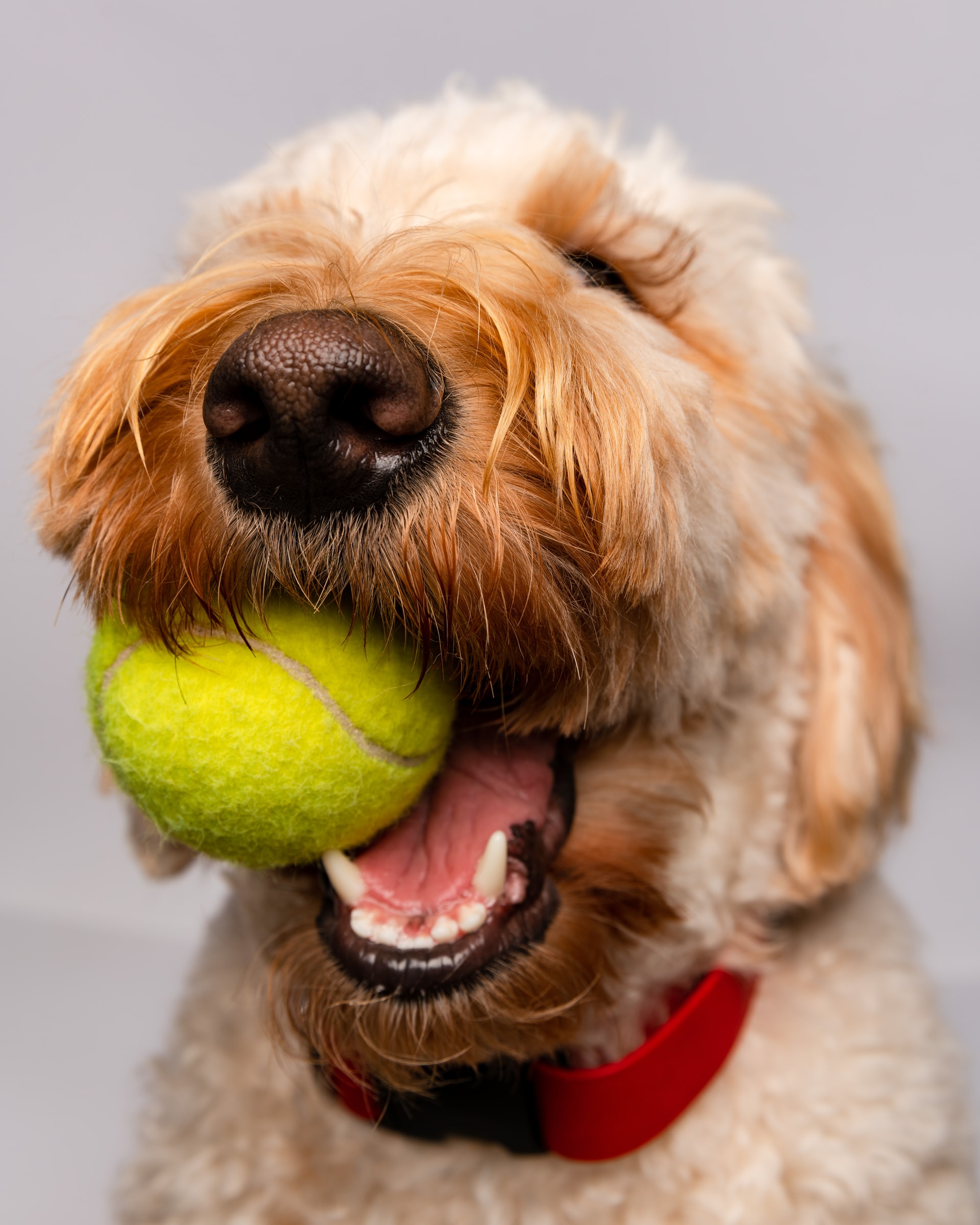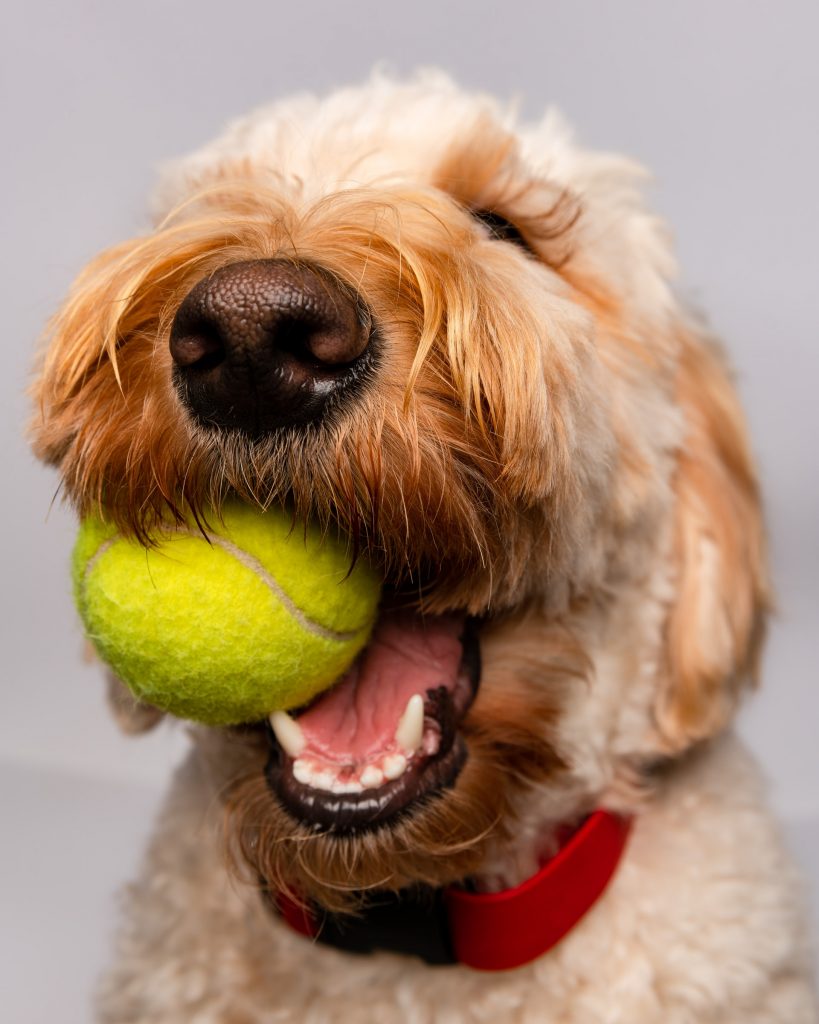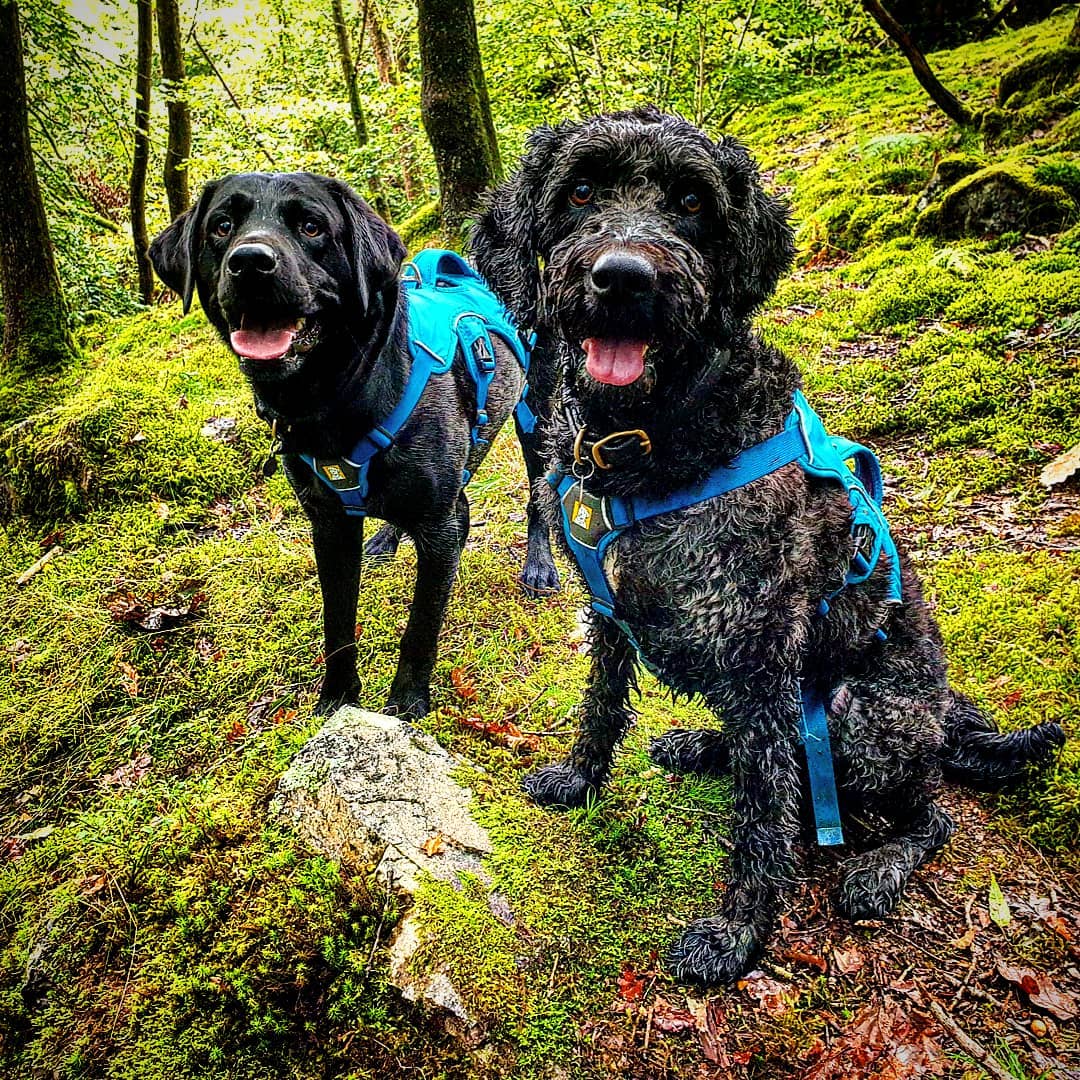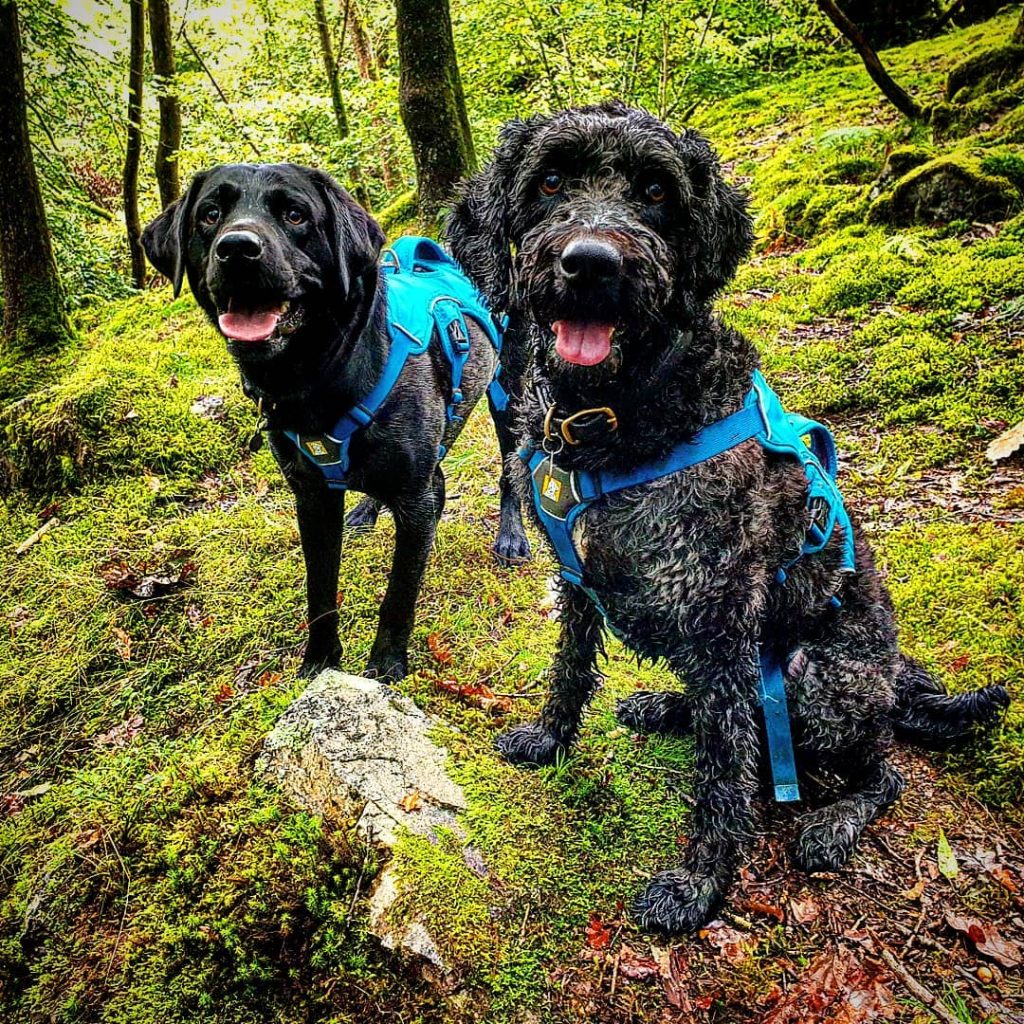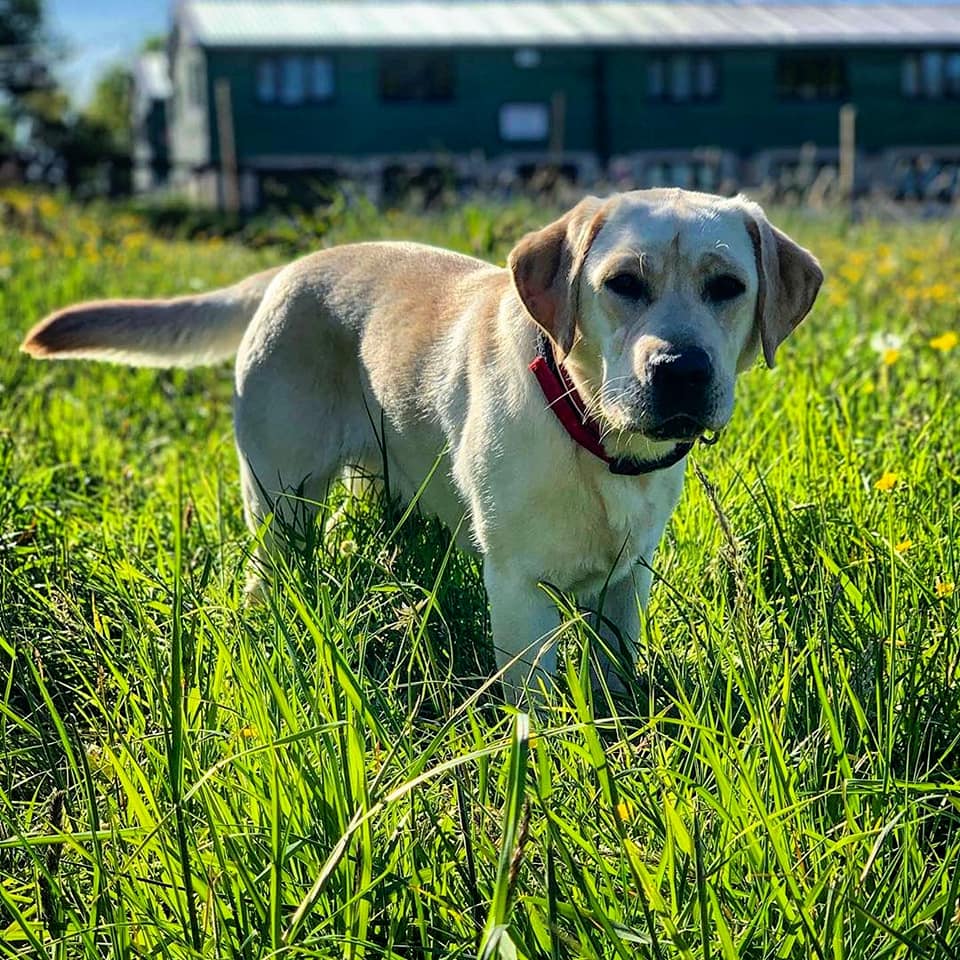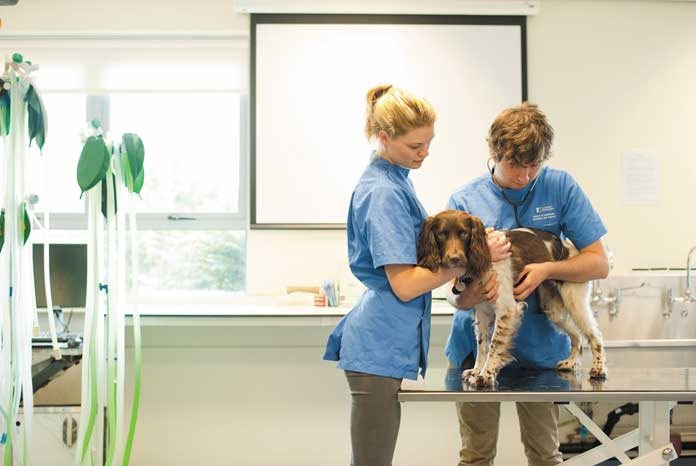
Fractures

What are Fractures?
As with people, fractures occur commonly in dogs. There is a huge variety of different types of fractures, and these all have different treatments and carry different outlooks.
Although having a fracture can be very traumatic for both pet and owner, the good news is that, with the correct treatment, most fractures in dogs and cats will heal well and most animals can regain normal use of their legs.
How are Fractures treated?
Many fractures occur as a result of significant trauma, such as being hit by a car, and in these patients it is important that any life-threatening injuries are recognised and managed before treating the fracture which can generally be attended to less urgently.
Depending on the type of fracture, different forms of treatment might be recommended. Initially, X-rays or a CT scan are performed to assess the broken bone and plan the treatment. Some fractures, especially in very young animals, can be treated using fibreglass casts.
Most animals are best treated with an operation due to their inability to appropriately rest the affected bones. This allows the broken bones to be re-aligned and stabilised. Options for stabilising the bones include bone plates and screws, pins that are placed inside the bone, or external frames that are connected to the bone using pins going through the skin. Some fractures are relatively straightforward to manage and others are very complex, necessitating considerable orthopaedic instrumentation, implants and expertise.
Following surgery, most animals are very comfortable and are able to walk relatively normally within a few days.
Orthopaedic rehabilitation
Rehabilitation is a process which aims to maximise patient mobility and wellbeing, returning them to their usual way of life following illness, injury or surgery. We restore pets to normal function (or as close as is possible), efficiently and safely using a wide variety of physiotherapeutic techniques.
Injury and even surgery can disrupt the body’s equilibrium in all sorts of direct and indirect ways. Even a pet’s own protective responses such as the inflammatory process can overwhelm and inhibit healing so one objective of rehabilitation is to reduce this level of inflammation. During rehabilitation, we also aim to boost the circulatory system, improve muscle function, increase range of motion within joints, and stimulate innate pain-relieving mechanisms.
With a committed and planned rehabilitation programme, pets can recover more quickly, realise better outcomes and avoid much pain and discomfort.
The best rehabilitation programmes consider the whole pet, not just the area of injury; we target and improve multiple systems throughout the body without forgetting the invaluable healing effects of boosting mental wellbeing too. From the wound healing properties of laser treatment, and the muscle strengthening of hydrotherapy, to the circulation boosting effects of massage, we will devise a rehabilitation programme to match a pet’s specific requirements.
Ready to get some help?
Our friendly and skilled physiotherapists are ready to help you and your dog with their rehabilitation.
More conditions
The content on this page is for advice and information only and does not represent veterinary guidance or direction. Please always consult a veterinary surgeon if you are worries about your dog.

